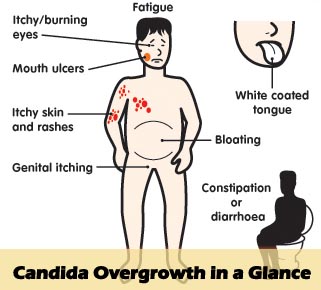


Overgrowth of yeast on scalp skin#
restricta is also known to induce cytotoxicity to skin cells in vitro, suggesting an active role in the acceleration of dandruff 19. to metabolize and oxidize sebum-derived lipids (triglycerides, squalene, fatty acids, etc.) is an additional source of potential inflammatory compounds 18. restricta have been identified in the dandruff patients at the genotypic level 17. globosa have shown varying proportions in populations of different countries 5, 14, 15, 16. Among the fungal microbiota, different species of Malassezia, specifically M. Staphylococcus epidermidis and Cutibacterium acnes are found to be the key bacterial players, where dandruff is commonly marked with an increased abundance of S. Global studies have revealed that the scalp microbiome is characterized by a rather low bacterial diversity, as compared to the other body sites 12, 13, and is dominated by Cutibacterium acnes (formerly Propionibacterium acnes), Staphylococcus epidermidis and Malassezia spp. Various environmental and intrinsic factors are reported to be linked to the development of dandruff, such as the sebum composition, host susceptibility, scalp microbiome, and a combined interaction between all of these. It is a recurrent, chronic, sub-inflammatory disorder, which is characterized by scaly patches and sometimes itching 10, 11. Dandruff is one of the most common scalp condition affecting majority of the population worldwide 10. The application of high-throughput next-generation sequencing and robust computational analysis has led to an in-depth understanding of the scalp microbiome in the recent years 2, 3, 4, providing novel clues on the pathophysiology of scalp-related disorders such as dandruff and seborrheic dermatitis in different countries 5, 6, 7, 8, 9. The human skin including the scalp surface, serves as the body’s first line of defence as well as a host to a myriad of microorganisms, which includes both bacteria and fungi 1. The study provides novel insights on the effect of coconut oil in maintaining a healthy scalp and in modulating the scalp microbiome. At the functional level, an enrichment of healthy scalp-related bacterial pathways, such as biotin metabolism and decrease in the fungal pathogenesis pathways was observed. After the treatment phase, an increase in the abundance of Cutibacterium acnes and Malassezia globosa in dandruff scalp was observed, which were negatively correlated to dandruff parameters. A 16-weeks-long time-course study was performed including 12-weeks of treatment and 4-weeks of relapse phase on a cohort of 140 (70 healthy and 70 dandruff) Indian women, resulting in ~ 900 metagenomic samples. Thus, in this study we examined the effect of topical application of coconut oil on the scalp microbiome (bacterial and fungal) at the taxonomic and functional levels and their correlation with scalp physiological parameters. Coconut oil and its formulations are commonly applied on the scalp in several parts of the world to maintain scalp health. Recently a metagenomic study of the Indian scalp microbiome described an imperative role of bacterial commensals in providing essential vitamins and amino acids to the scalp. Dandruff is a recurrent chronic scalp disorder, affecting majority of the population worldwide.


 0 kommentar(er)
0 kommentar(er)
